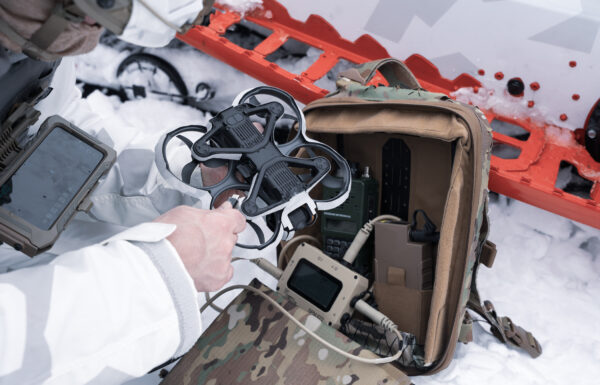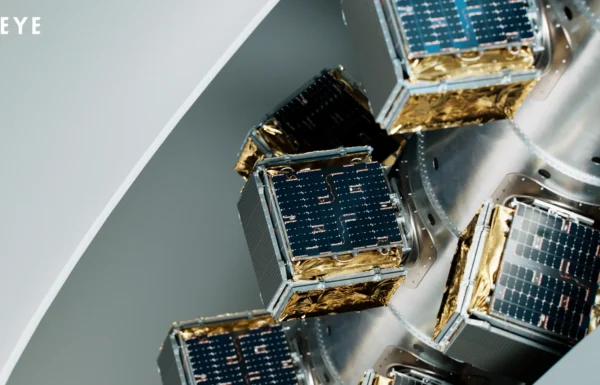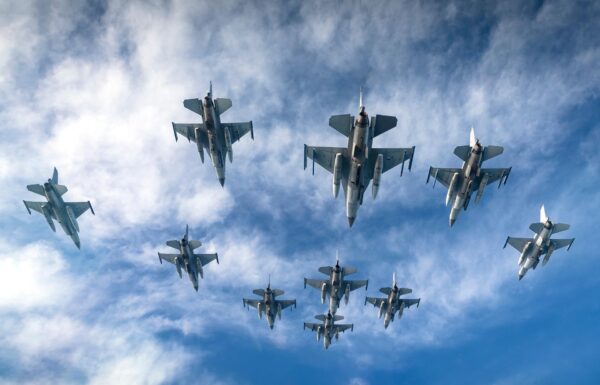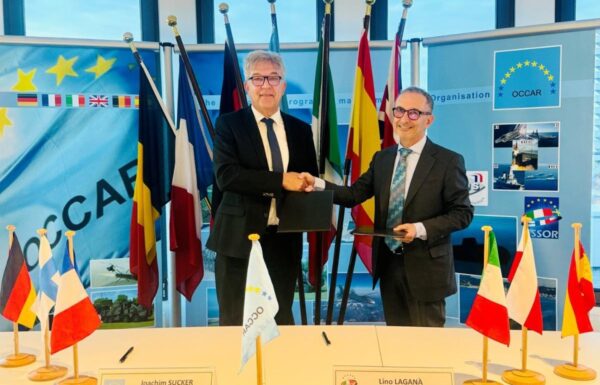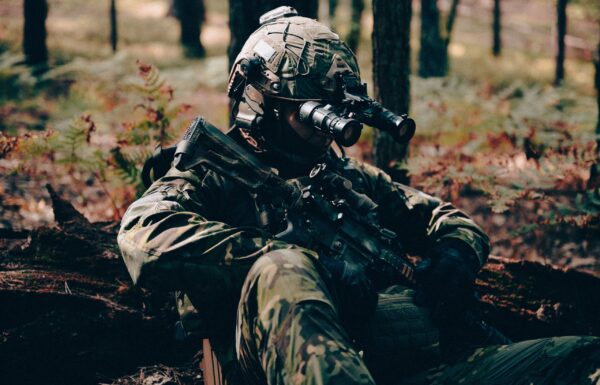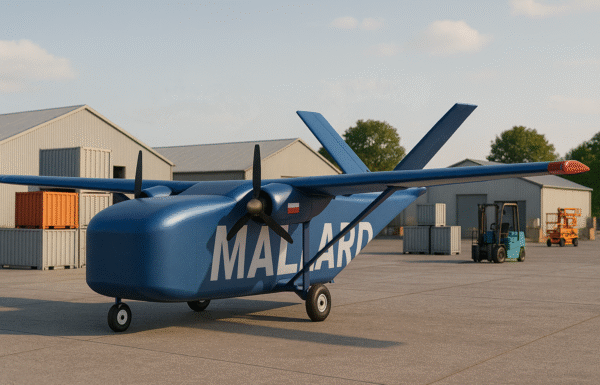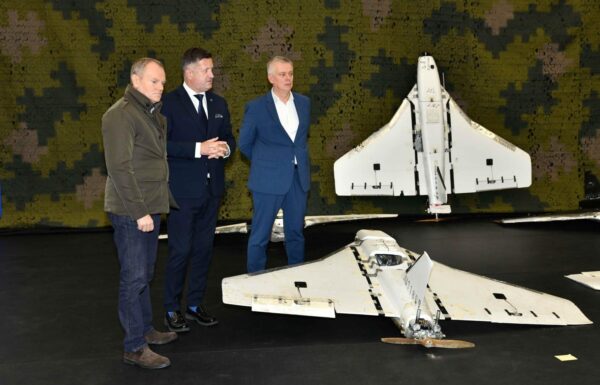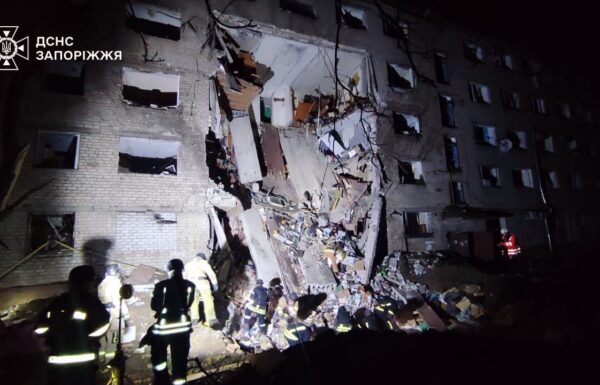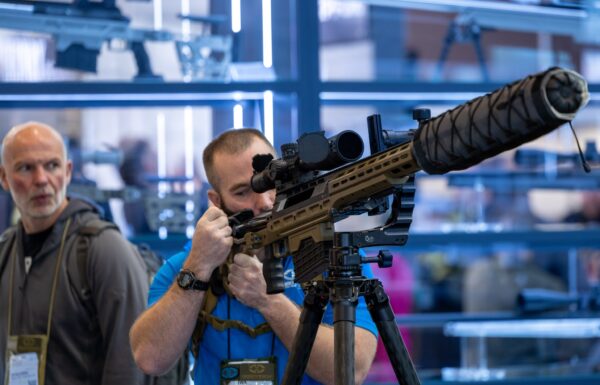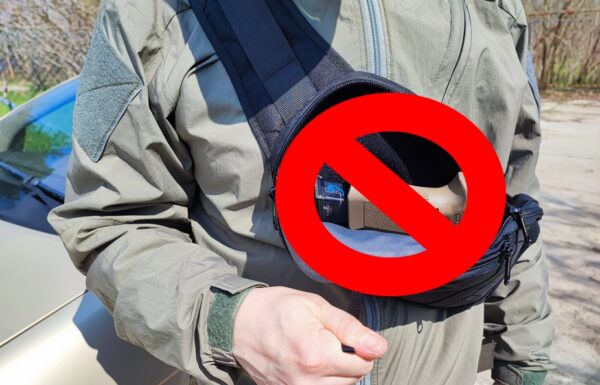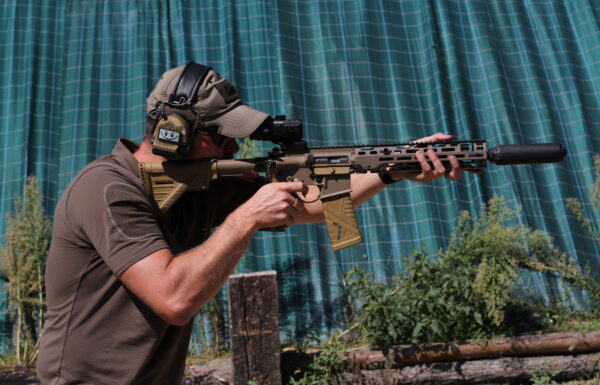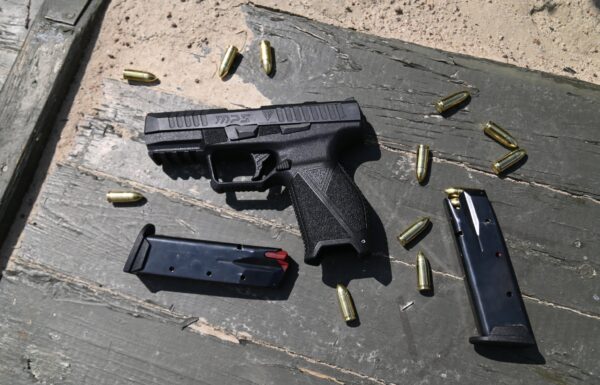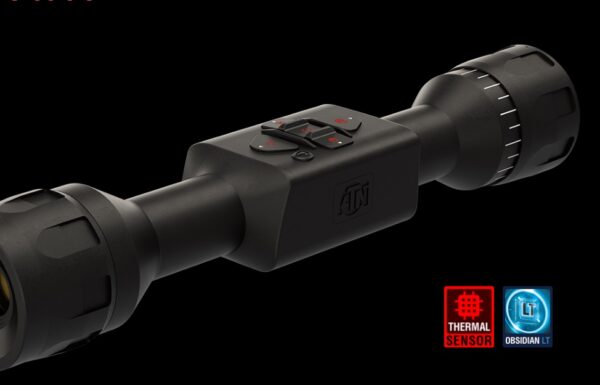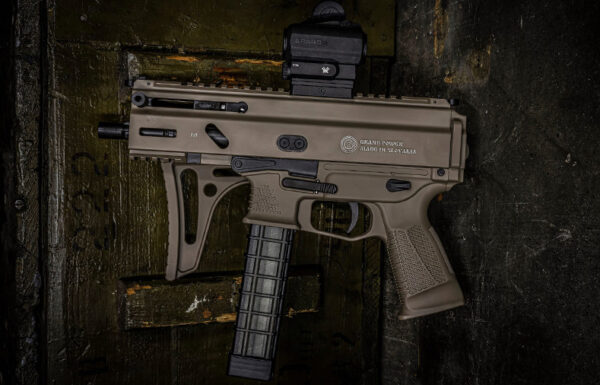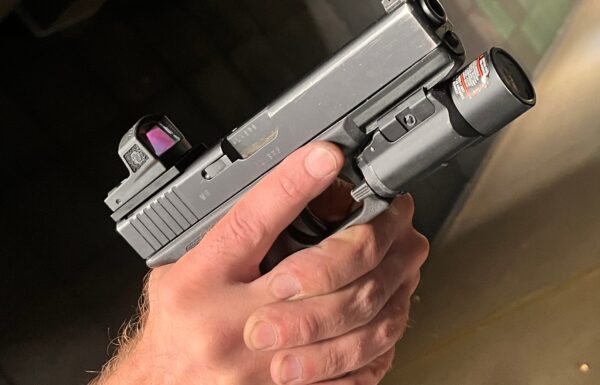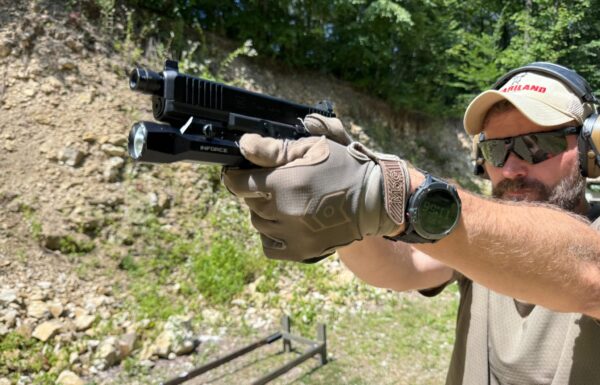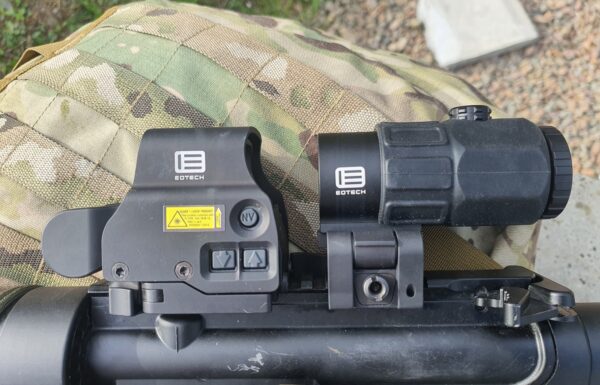The FlyEye 3.0 system was introduced into service with the 8th Kuyavian-Pomeranian Territorial Defence Brigade (8th K-PBOT) in 2019. The system is operated by Class I unmanned aerial vehicle (UAV) pilots from the Imagery Intelligence Group (GRO), who have so far logged over 700 flight hours. They have gained invaluable experience during operations such as monitoring the integrity of Poland’s eastern border, identifying flood-related threats along the Oder River as part of Operation Phoenix, and numerous exercises conducted on military ranges and civilian areas.
The first real test
The FlyEye 3.0, a mini-class unmanned aerial vehicle (UAV), enables daytime observation as well as nighttime monitoring using thermal imaging. Its hand-launch capability and landing without the need for a runway, combined with its observation capabilities, make it an asset for successfully monitoring Poland’s eastern border. Real-time observation helps prevent illegal crossings at any time of day or night.
Imagery Intelligence using the FlyEye 3.0 UAV conducted in the border area has allowed Class I UAV pilots from the 8th K-PBOT to gain invaluable experience. Similar reconnaissance missions would be carried out by them in support of their own forces in the event of a potential armed conflict.
GRO 8. K-PBOT during the Operation Phoenix
At the very beginning of the crisis caused by the recent flooding, soldiers from the 8th K-PBOT were deployed to southern Poland along with the FlyEye system. Their tasks included monitoring water levels as the flood wave moved and identifying areas potentially at risk of inundation. They were also responsible for aerial surveillance of the condition of flood embankments. The imagery from these missions was transmitted in real-time to the crisis management headquarters, enabling efficient decision-making. This was particularly important at the start of the operation, as it allowed for the rapid deployment of forces and resources to areas threatened by, for example, embankment breaches.
Waiting for FlyEye 3.6
Later in 2024, the 8th K-PBOT expects the delivery of the latest version of the FlyEye system from the Polish manufacturer WB Electronics. Compared to the currently used system, improvements include an enhanced thermal imaging camera and increased security features. Additionally, the UAV has been integrated with the Topaz Automated Fire Control System (ZZKO Topaz).
“The FlyEye 3.0 UAV system enables us, among other things, to designate targets for artillery fire and to direct fire based on information about shell impact locations relayed to artillery units. We regularly participate in joint exercises, including international ones,” notes the Flight Safety Inspector of the 8th K-PBOT.
Until the new system is received and the necessary certifications for its use are obtained, the 8th K-PBOT’s Imagery Intelligence Group will continue to actively operate the 3.0 version.
This week, seven sets of FlyEye Miniature Unmanned Aerial Systems were delivered to seven Territorial Defence Brigades. The sets were distributed to the 6th Mazovian, 13th Silesian, 14th West Pomeranian, 16th Lower Silesian, 19th Bug River, and 20th Przemyśl Territorial Defence Brigades, as well as the Territorial Defence Force Training Center. Additional sets are expected to be delivered by the end of this year (April Contract for FlyEye for the Polish Armed Forces Fulfilled).
On September 5, 2023, during the 31st International Defense Industry Exhibition in Kielce, a framework agreement was signed for the delivery of approximately 400 sets of FlyEye Miniature Unmanned Aerial Systems. The first implementation contract for the aforementioned 7 sets was signed on April 19 of this year, the second on September 4 during the 32nd MSPO for 6 sets, and the third on November 15 for 13 sets.
The FlyEye mini-class UAVs are designed for aerial imagery intelligence using electro-optical payloads equipped with cameras capable of capturing images in both daylight and thermal imaging modes. The system has been successfully tested in the Polish Armed Forces, where it performs tasks for both the Operational Forces and the Territorial Defense Forces, as well as during combat operations in Ukraine.


